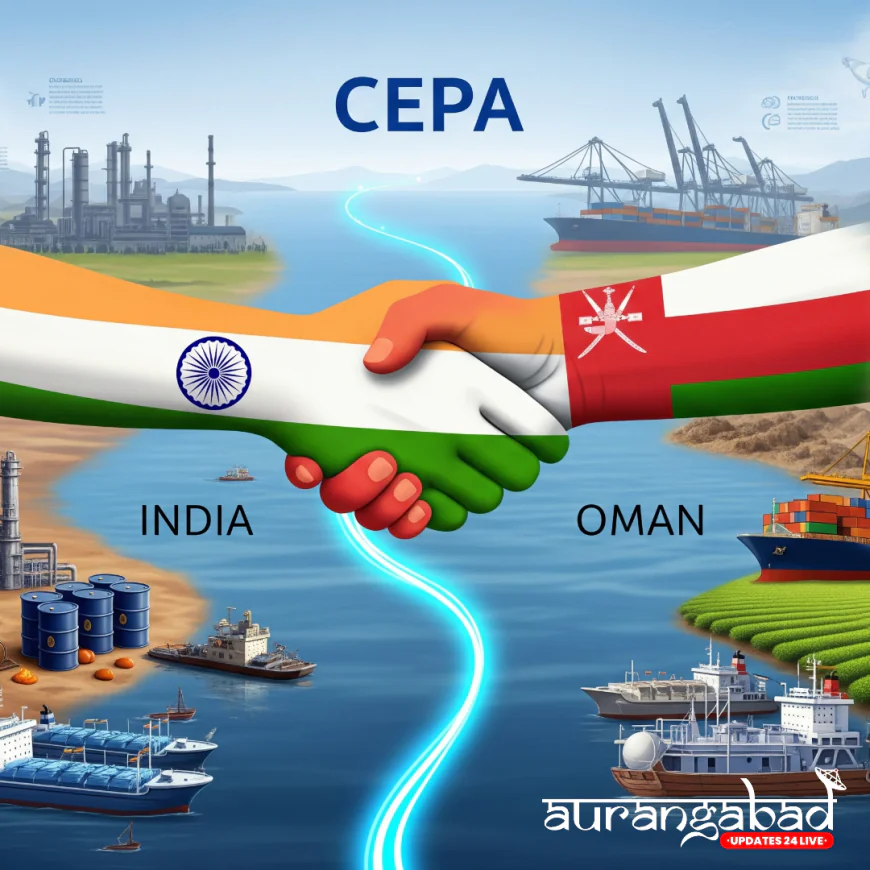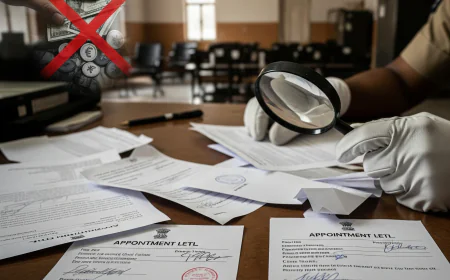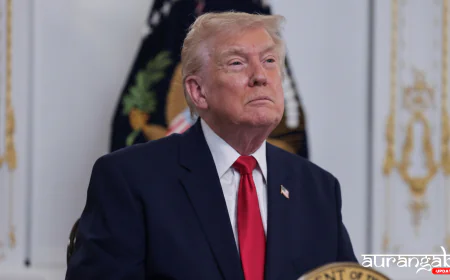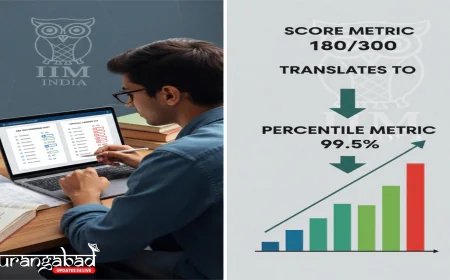India-Oman Trade Pact Talks Near Completion
India and Oman are on the verge of finalizing a landmark trade agreement, the Comprehensive Economic Partnership Agreement (CEPA). This pact, focusing on petroleum and urea, is set to boost bilateral trade and strengthen economic ties between the two nations.

In a significant development for India's economic relations in the Middle East, a proposed free trade agreement (FTA) with Oman is on the brink of completion. The official announcement of the signing of this pact, formally known as the Comprehensive Economic Partnership Agreement (CEPA), is expected "much sooner" than the previously estimated two to three months. This accelerated timeline underscores the strategic importance both nations place on deepening their economic ties.
The process is currently in its final stages, with the agreement's text being translated into Arabic in Oman. Once this is complete, the cabinets of both countries will grant their formal approval before a joint announcement is made. This pact, which began with talks in November 2023, is poised to create a more robust and streamlined trade relationship, building on India's existing trade agreements with other Gulf Cooperation Council (GCC) members like the UAE.
The Backbone of Bilateral Trade: Petroleum and Urea
The trade relationship between India and Oman is already substantial, with bilateral trade reaching over $10 billion in the fiscal year 2024-25. While India's exports to Oman were valued at $4.06 billion, its imports stood at a higher $6.55 billion, reflecting the strategic nature of their trade. The imbalance in trade is primarily driven by India's reliance on a few key products from Oman.
Petroleum products and urea dominate this import landscape, accounting for more than 70% of India's total imports from the Sultanate. Oman is a crucial supplier of these essential commodities, which are vital for India's energy security and agricultural sector. The CEPA is expected to further enhance this trade by reducing or eliminating customs duties, thereby making these crucial imports more cost-effective for India.
Beyond these primary products, India also imports other important items such as propylene and ethylene polymers, pet coke, gypsum, chemicals, and iron and steel. The CEPA aims to liberalize trade in these areas as well, offering new opportunities for businesses in both countries.
Strategic Importance and Future Outlook
The finalization of the CEPA is a strategic win for both India and Oman. For India, this agreement is its second with a GCC country, following the successful CEPA with the UAE. This signals a concerted effort to strengthen economic and strategic ties with the Gulf region, which is critical for India's energy and food security. Oman, as India's third-largest export destination within the GCC, also stands to benefit significantly from increased access to the Indian market.
The CEPA is not just about goods; it also aims to facilitate trade in services and boost investments. This could open new avenues for Indian companies in Oman and vice versa, creating a more dynamic and diversified economic partnership. By formalizing and streamlining trade rules, the CEPA will provide a stable and predictable framework for businesses, encouraging long-term investment and collaboration.
In the long run, this agreement will contribute to a more resilient and diversified global supply chain, which is a key priority for many nations in the current geopolitical climate. It is a testament to the growing relevance of India on the global stage and its proactive approach to forging strong economic alliances with key strategic partners. The swift finalization of this pact is a clear sign that both nations are committed to a future of shared prosperity and mutual growth.











































